My last post on this blog was in June 2022, so it took me almost 10 months to write something new. Minor reasons were the buying of our first house and the subsequent move, but also the lack of a new camera. The collection didn’t grow any more because I couldn’t find any good flea markets in and around Esslingen (in this case good for camera hunting) or camera shops with affordable cameras. And sometimes, when you feel stuck, it’s a good idea to go back and start again. And that’s exactly what I did: we went on holiday to the “birthplace” of my camera collection: Budapest.
One of the last cameras I bought there years ago was a FED 4, and the reason you won’t find it on this blog is that I broke it after the first film, trying to fix something that wasn’t broken. The first camera shop I passed on Bajcsy-Zsilinszky út 20 was Opticam, and there I found another nice FED 4, which I … did not buy.
Why not? There was a shiny Zorki-4 next to it, and I promised myself I would only buy one camera. The Jupiter lens was a bit sticky, but that should be easy to fix, and for 10,000 HUF, what could go wrong? Well, if you ever buy a cloth shutter camera, check the cloth twice: once when the shutter is cocked and once when it is released, and if you buy a camera and don’t ( still) speak Hungarian, ask someone you know (e.g. your wife or children) to help you and ask the seller if there is anything wrong with the camera, which might have explained why it was such a bargain….
About the Zorki-4
The Zorki 4 is the fourth and last major version of KMZ’s “homage” to pre-war Leica cameras. Produced from 1956 to 1973 with a total of 1,715,677 units, it’s a widely available and very affordable way to experience the original concept of 35mm photography. It’s a fully manual rangefinder camera with interchangeable M35 (or LTM) lenses, which are also widely available but less affordable than the camera itself. (Please see the links below as some great bloggers have already written about every detail of this camera). My Zorki came with the earlier silver ‘kit’ lens, the Jupiter 8 f2 50mm. It was said to be a nice lens, unfortunately mine was so sticky at first that I bought a cheaper black one the same day from the f8 camera shop next to Most Kért (another great camera shop in Budapest) so that I could test my Zorki on the first day.
Back to the camera: The earlier models with the engraved name in Cyrillic, engraved times and strap lugs are said to be of better quality and look nicer (at least to me), but I am happy with my “newer” model. It’s a solid camera, unfortunately the viewfinder is too small for me as I wear glasses and the diopter adjustment doesn’t help my -4.5 near-sighted eyes.
Due to its age and perhaps a long time in a box, the shutter needed some careful re-engagement (a lesson I learned after ruining my FED), the lens some cleaning (I unscrewed the front element and then liquefied the lens grease with the help of the Hungarian summer sun and 1 or 2 small drops of lighter fluid and, no, I would not recommend this method for rare lenses), but everything else worked perfectly…, which I believed until I got my first roll back: Unfortunately, the rubber coating on one of the shutter cloths had faded, resulting in massive light leaks. Not daring to completely dismantle the camera and replace the screens, I decided to try a simpler approach first (again: I would never do this with a more expensive camera, or one of such personal value as my Zenit TTL): I bought a bottle of “liquid insulating tape” and, over the course of several days, applied a new layer of rubber to the cloth.
And it worked: After shooting the next roll, I could see that the light leaks had disappeared! Unfortunately, due to a related or unrelated problem, I now had double exposures. I’m currently shooting the third roll after making some adjustments to the take-up spool, so let’s see if I can fix this problem too.
Update 14.05.2023 It works!: Results from the third film are here, and the transport issue is fixed. The Zorki is now fully functional
Taking pictures with the Zorki-4
First, open the back of the Zorki by lifting and turning the two knobs on the bottom of the camera. Take out the spool, put the film on the spool, load it into the camera and close the back. Set the film counter to zero, advance the film and cock the shutter using the knob on the top right of the camera and you are ready to go.
As the Zorki-4 does not have a light meter or any kind of automatic, you will have to guess the correct shutter speed/aperture using the sunny f16 rule, an external light meter or an app. Once you have identified the correct aperture and shutter speed, set the aperture on the lens and the shutter speed (B, 1/30, 1, 1/2, 1/4, 1/8, 1/15, 1/16, 1/125, 1/500 and 1/1000) with the dial on the top. To change the shutter speed, ALWAYS COOK THE SHUTTER FIRST and do not try to go from 1 to 1/30 but from “B” to 1/30 instead, as you will damage the camera.
To focus, look through the viewfinder and adjust the focus using the rangefinder patch. If the viewfinder image is blurry, it’s time to find out what that lever on the top left does: it’s the diopter adjustment, which might help if your eyes aren’t perfect, but not as bad as mine. Now, just press the shutter and you have taken your first photo.
In low light, you can use the self-timer, which is activated with the lever on the top plate and released with the small button above it. You can also use a flash with a PC socket; in this case, set the shutter speed to 1/30.
When your film is full, turn the ring around the shutter release to the left to allow rewind, then use the rewind knob on the left to rewind the film.
The Zorki-4 is an affordable way to experience classic rangefinder photography and, in good condition and the right hands, I believe it is capable of taking great pictures. Until mine is fully operational, I can at least be happy that I can take nice pictures from it, and particularly with the KMZ viewfinder attached, it just looks great.

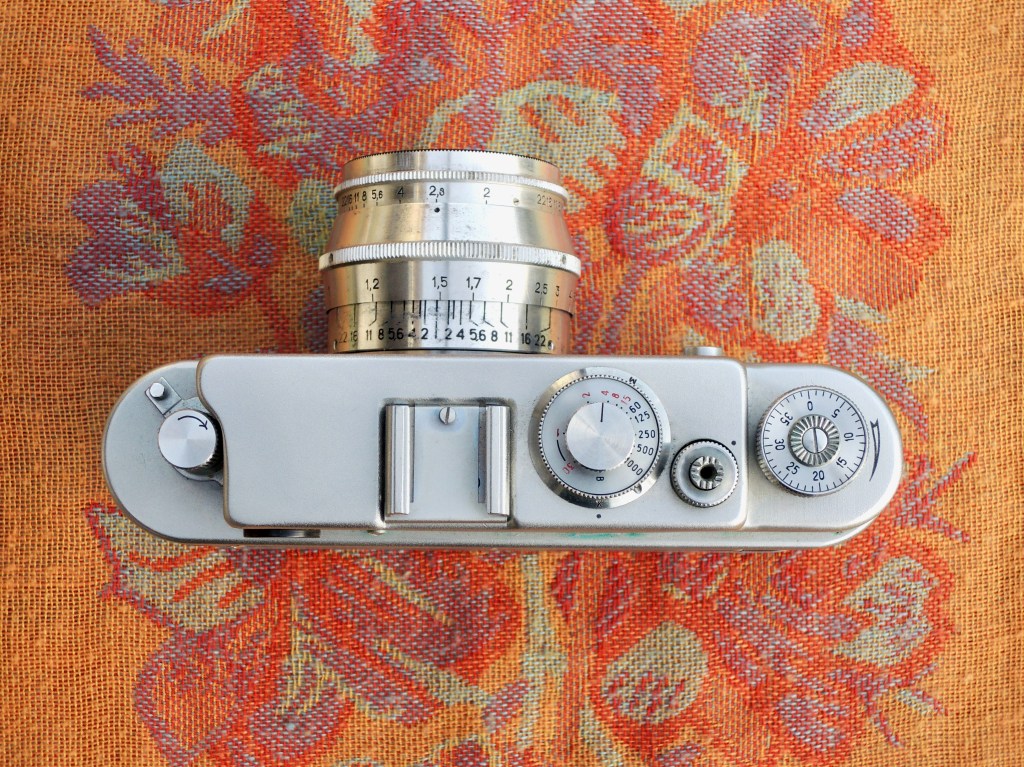

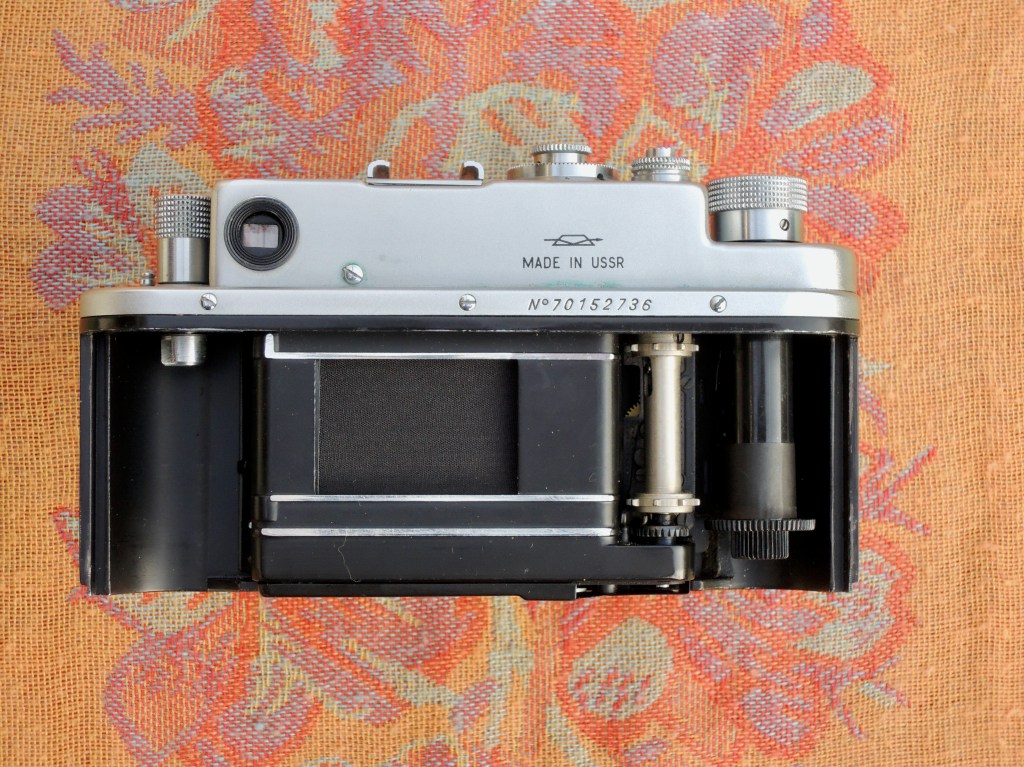

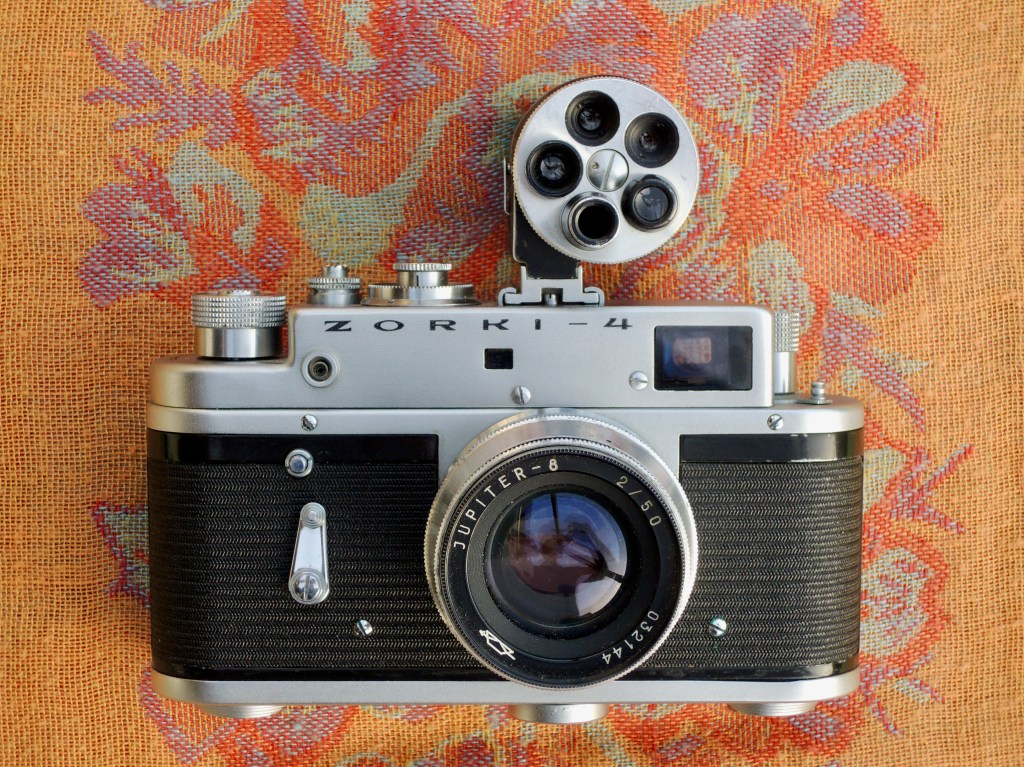
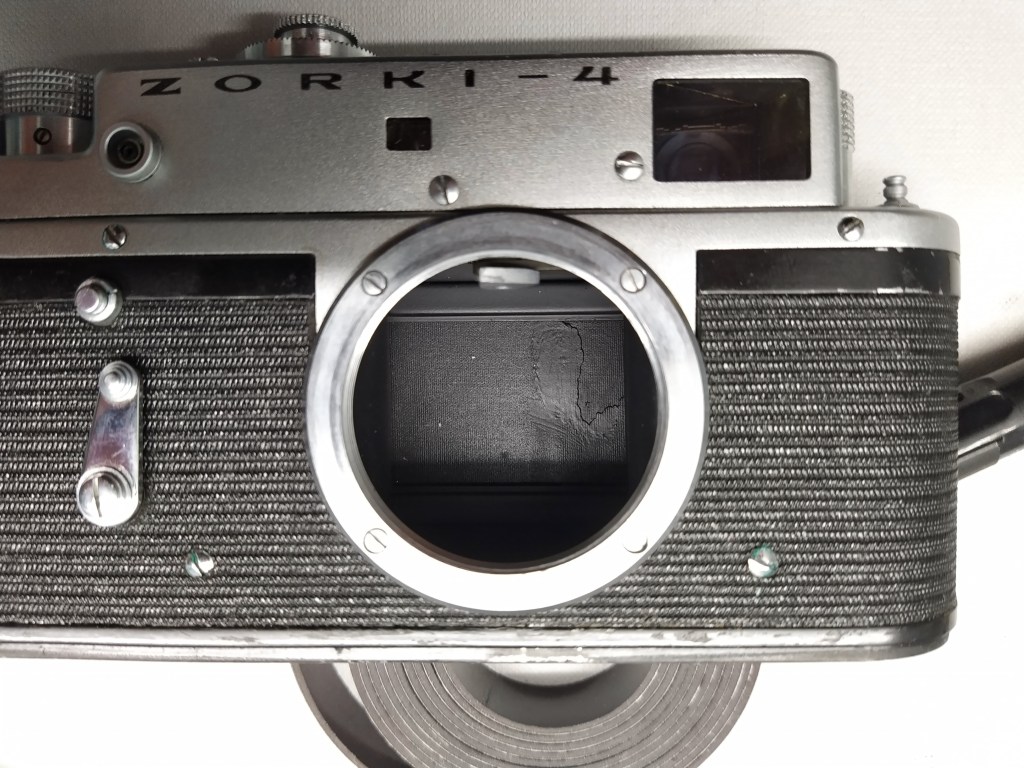

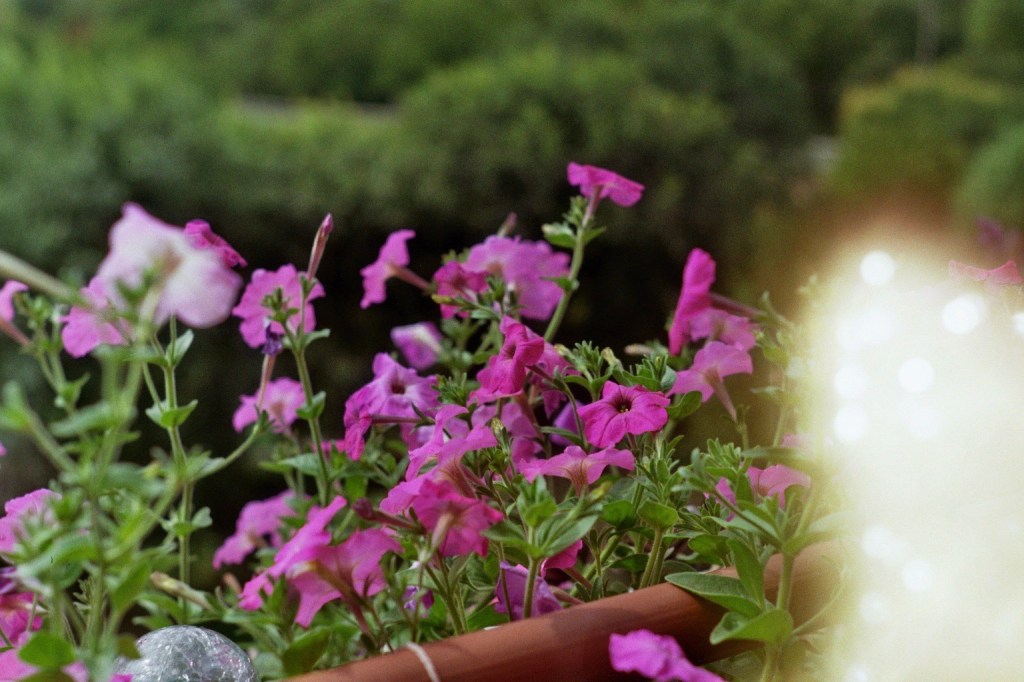

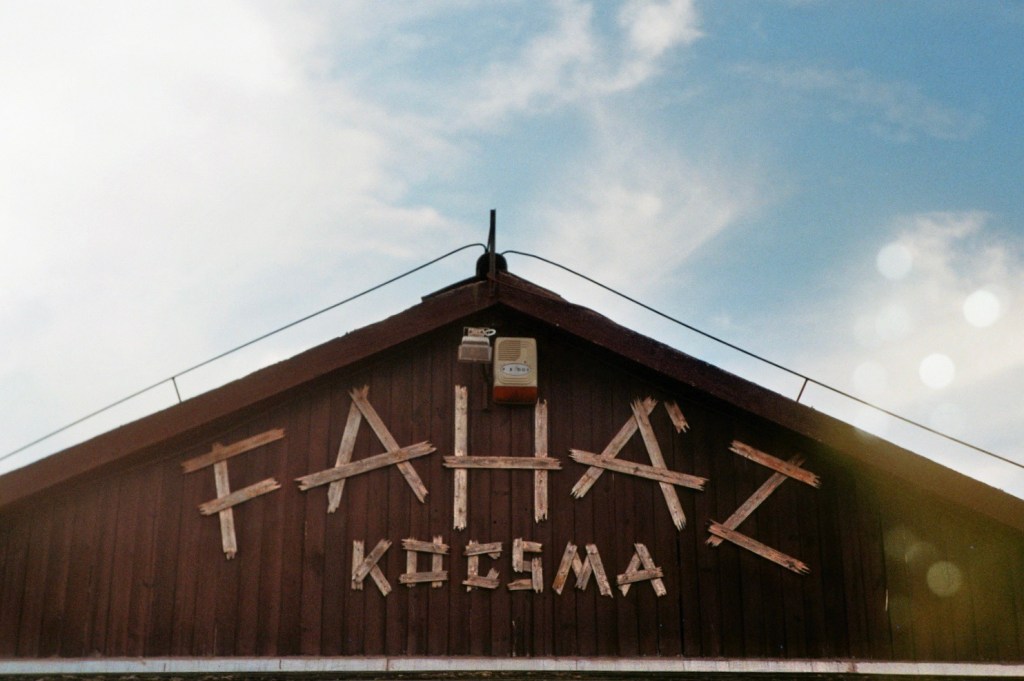

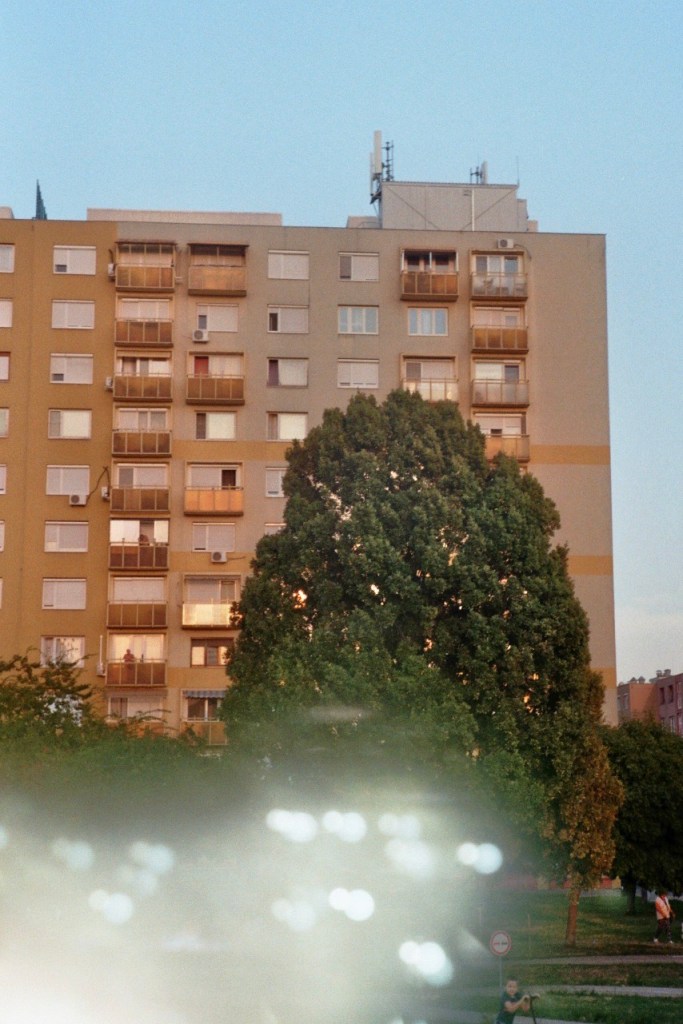
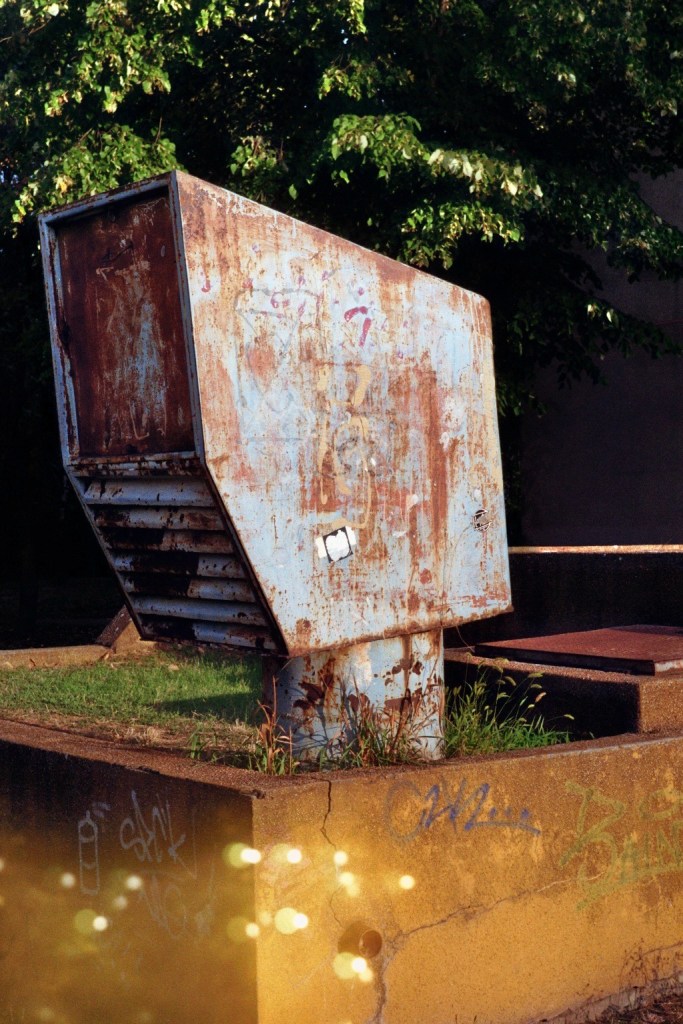
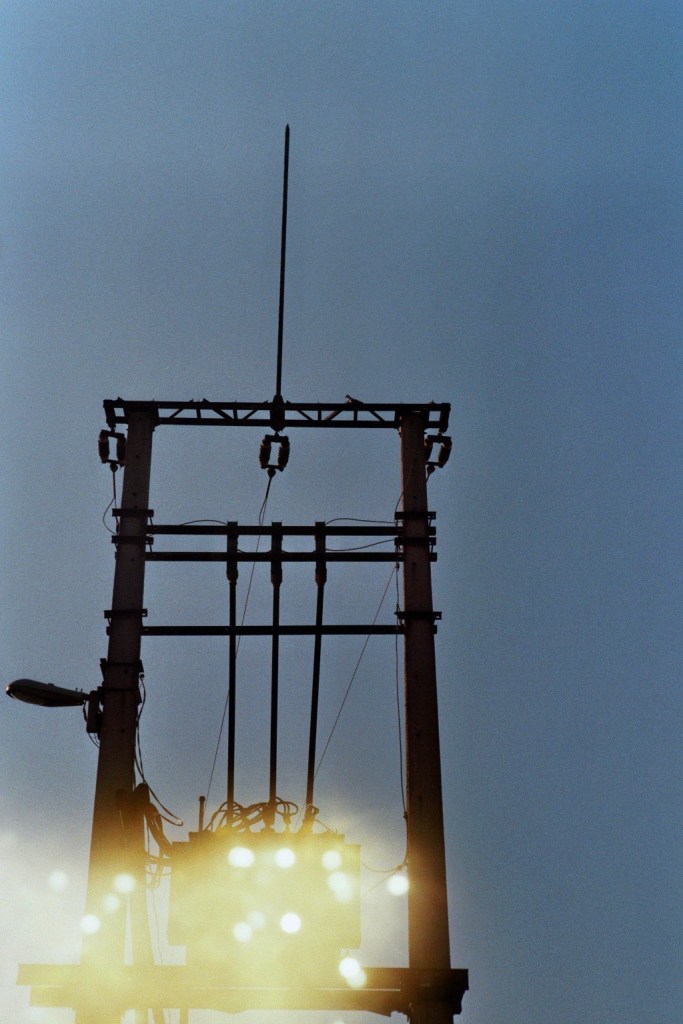

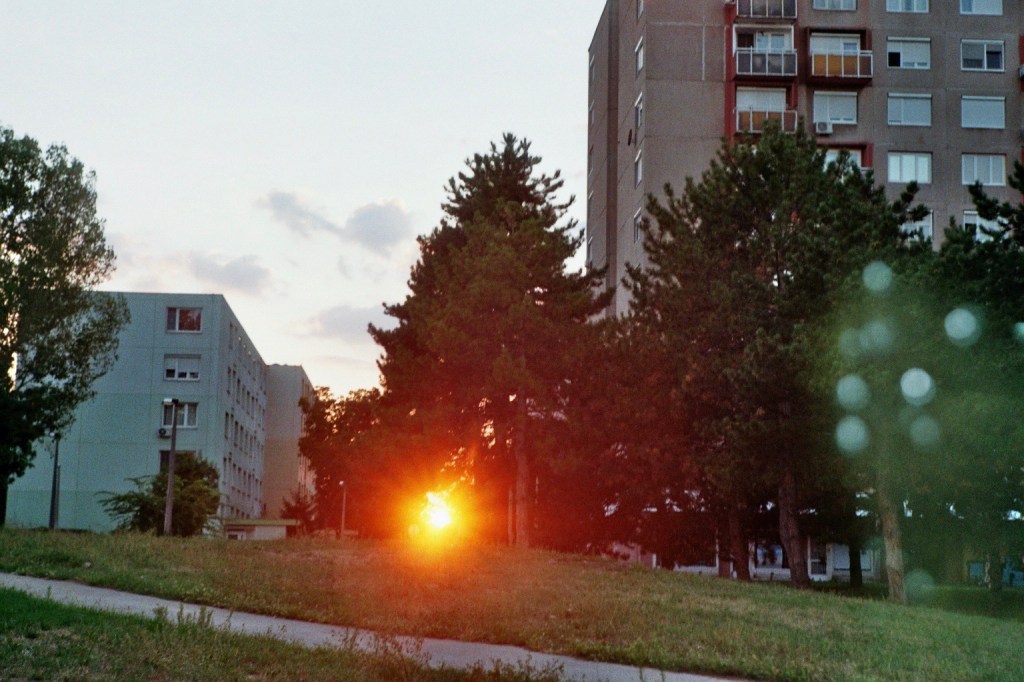

| Brand | Zorki |
| Model | Zorki-4 |
| Year built | Around 1968-69, the cameras were produced between 1956 and 1973, mine seems to be the last export version |
| Serial number | 70152736 |
| Lenses | Jupiter 8 2/50 032144 |
| Shutter | Courtain Shutter |
| Film format | 35mm |
| Special features | – |
| Accessories | – |
| Manufactured by | KMZ |
| Date of purchase | 08/2022 |
| Price | 10.000 HUF / 26 € |
| Place of purchase | Opticam, Bajcsy-Zsilinszky út 20, Budapest |
Tips & Tricks shooting with the Zorki-4
As the viewfinder eyepiece is small and has no guiding or frame lines, I recommend to use an external viewfinder such as the KMZ turret finder. As with all older cameras, I suggest learning the sunny 16 rule (which is even part of some light meter apps). For buying, I suggest to take some “shots” without a film with the camera back removed against a strong light source, to avoid surprises like I had.
Film purchase & processing
The camera can use any type of 35mm film. And because it’s completely manual, you can use any film speed you like.
Useful Links
http://sovietcams.com/index755a.html (Comparison of the various models)
https://mattsclassiccameras.com/rangefinders-compacts/zorki-4/ (Review on Matt’s Classic Cameras)
https://kosmofoto.com/2020/10/zorki-4-review/ (Review on Kosmo Foto)
https://mikeeckman.com/2015/11/zorki-4-v2-1961/ (Review an repair guide from Mike Eckmann)
https://www.butkus.org/chinon/russian/zorki/zorki.htm (The usual link to Mike Butkus Camera Manual page)
https://photothinking.com/2018-04-27-zorki-4-attempted-equaliser/ (Review and great pictures on Photo Thinking)
Pictures
Zorki Pool on Flickr
My pictures on Flickr

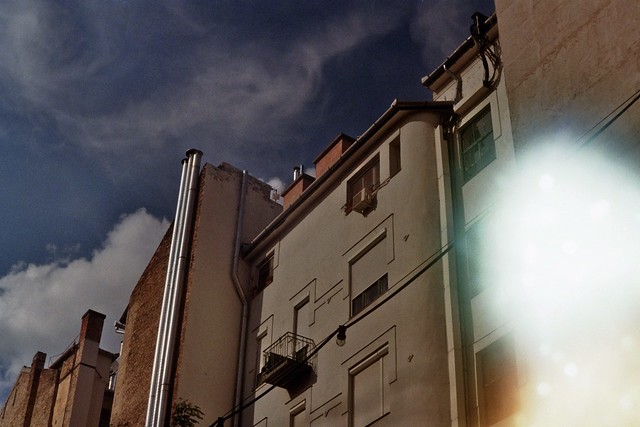
Hi – I came across some pictures my grandfather took in the 1950’s and he’s scribbled on them what I’m assuming are settings for the camera/lens. I was wondering if you could help me decipher them or point me at maybe what kind of camera he was using. I don’t know much about cameras, but I’m really curious, and you seem like someone who might just know.
I couldn’t find a link to email you directly, apologize for making this public. 🙂
Hi, there’s no Email connected to this blog, best post your pictures somewhere (Instagram, Flickr) or ask the super nice community at https://www.reddit.com/r/AnalogCommunity/
Perfect, thank you for your help!